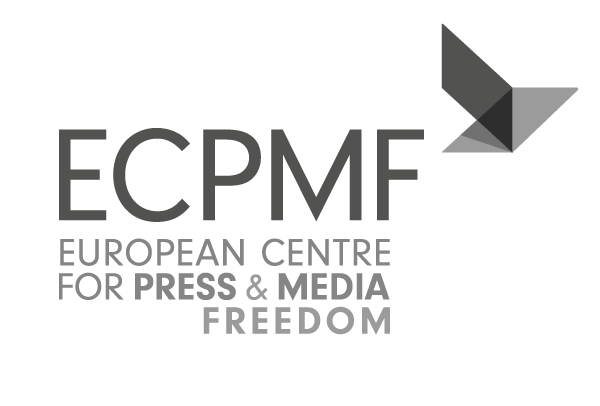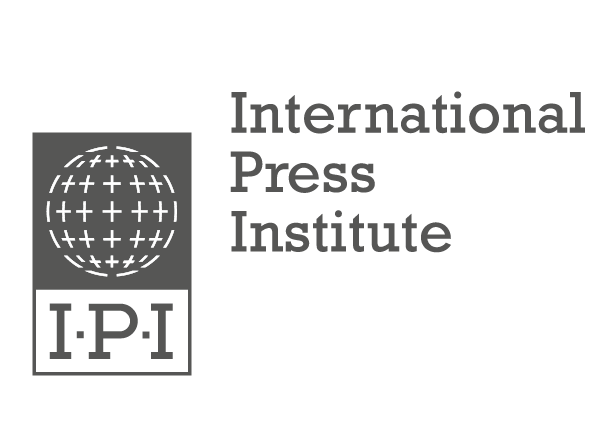The increase in incidents during protests is a good barometer of what is happening inside a country. They show what important protests are taking place, and what resistance journalists are encountering.
2016
Poland: censorship and restricted access cause resignations and protests
Protests and media violations intensified as a result of political polarisation. The ruling Law and Justice Party instituted legislation in 2015 that was seen as eroding government checks and balances. This prompted demonstrations. In March, two journalists resigned because they had been forbidden to report on protests on public television. In November, a public radio station was barred from reporting on protests happening in front of its offices. In December, there were big protests against restrictions placed on journalists reporting at parliament.
France: journalists covering anti-labour law reform protests repeatedly targeted by police

Police forces pushed and hit journalists with batons while dispersing a protest against a proposed labour law in Rennes, France, June 2016
Protests against proposed labour law reforms multiplied under the then socialist government of prime minister Manuel Valls. Nuit Debout, a grassroots movement, formed in Paris and spread to other cities. Incidents against journalists covering protests increased. Photographers and camera operators covering the protests were attacked and hindered in their work by police in March, April, May, June and September. In May, a photographer was banned from covering a protest, under state-of-emergency measures, and police forced a photographer to delete photos of the protester’s arrest. In June, two journalists were detained along with protesters and charged with “forming a gathering with the intention of committing an offence”. In October, a freelance journalist was banned from Calais after covering the dismantling of a migrant camp. “Since the state of emergency was declared [following the 2015 Paris terrorist attacks], there has been greater police pressure against demonstrators and against journalists. The police do not want journalists to witness what they do, that much is obvious,” Dominique Pradalié, of the National Union of French Journalists, told BuzzFeed.
Spain: the impact of legislation limiting protests
Since 2011, Spain has seen some of the biggest European protests against austerity, including the youth-led movement Los Indignados. Passed in 2015 as a response to this unrest by the then ruling conservative People’s Party, the public safety law included fines of up to €30,000 for disseminating images of police officers. In January 2016, a Spanish photojournalist was put on trial for assaulting police during a protest against austerity. He said he was convinced the charge was meant to deter photographers from covering protests and particularly police violence against protesters. In March, a journalist was fined for publishing photos of a woman arrested during a protest.
Across Europe: far-right protesters target journalists
In Latvia, in February, a journalist was assaulted while covering a demonstration against admitting any asylum seeker to the country. In Germany, also in February, a Leipzig-based news outlet announced its journalists would stop covering rallies held by Legida (the Leipzig branch of the anti-Islam Pegida movement) because it was becoming too dangerous.
2017
Romania: journalists targeted by government officials and police during mass protests
In January, days after Sorin Grindeanu’s government took office, protests against proposed changes to the penal code erupted. In a country beset by widespread corruption, the changes would have reduced the penalties for misuse-of-office offences. By 5 February, there were more than 500,000 people protesting – the biggest protests since the fall of Nicolae Ceausescu. On 2 February, the government identified individual journalists accused of instigating the protests. On the same day, a German journalist covering the protests was assaulted by police and detained. Police tried to delete the footage he had filmed. On 5 February, a journalist was put under criminal investigation for filming the protests with a drone.
France: police target journalists reporting on police violence and tactics during protests
Journalists covering public gatherings during the presidential campaign encountered difficulties. Conservative candidate François Fillon, who saw his chances of being elected disappear after reports of an alleged corruption case, blamed the media, contributing to a deterioration of working conditions for journalists covering the campaign. “L’affaire Théo” put police violence in the spotlight after officers were accused of assaulting a young man named Théodore Luhaka. A journalist was hit by unknown assailants while covering such a protest in February. Another said he was hit by police after he reported they had used live ammunition. In March, during a protest, a journalist confronted what he claimed were police officers posing as journalists, and one of them punched his camera.
G20 in Germany: violence and revoked accreditations
In total, 100,000 protesters attended G20 summit protests in July in Hamburg. More than 15,000 police were deployed. Journalists were repeatedly assaulted by protesters and police, who used pepper spray and water cannon. One police officer told a journalist: “Your press card is worth nothing.” On 8 July, 32 journalists had their accreditation removed by police.
Poland: polarisation of the media impacts journalists
After the government gained control of public broadcasters, protesters started treating their journalists badly during protests, accusing them of being government mouthpieces (in July and December). Meanwhile, the government kept targeting independent media outlets. A year after the big December 2016 protests, a private media outlet was threatened with a huge fine for reporting on them.
2018
France: protests continue, journalists hurt by police
There were two important moments: the evacuation by police of a large protest camp in opposition to a new airport in Notre-Dame-des-Landes in April, and a surge of protests against Edouard Philippe’s government. Both, but particularly the evacuation, led to journalists sustaining serious injuries at the hands of the police. In Martinique, a police officer threatened a journalist covering a protest accusing the government of neglecting this overseas region.
Spain: journalists targeted during Catalonia protests
Protests for and against independence continued. Journalists encountered difficulties with aggression coming from both sides.
Romania: journalists targeted during mass protests
At mass anti-government protests in August, journalists were prevented from doing their job by police. They often had to stop reporting, as it became too dangerous.
Across Europe: far-right protesters target journalists
In Greece, journalists covering rallies in protest at the renaming of North Macedonia were repeatedly threatened by nationalist demonstrators.
In September, far-right and neo-Nazi protests took place in Chemnitz and other German cities. The protests started after two immigrants were arrested in connection with the murder of a Cuban-German man. Journalists faced widespread intimidation and assaults by far-right protesters.
On 20 June, five Belgian journalists covering a protest at the construction site of a detention centre for migrant families in Brussels were detained just before a live broadcast for public broadcaster RTBF. Their cameras were taken away but one of the journalists used his watch as a phone and reported from the police van. They were released after two hours.


 France has seen several waves of serious protests over the past few years, beginning with the mobilisation against the labour law reform in 2016. After a number of incidents in which journalists suffered violence and serious injuries at the hands of police, Reporters Without Borders referred 10 cases to France’s human rights ombudsman.
France has seen several waves of serious protests over the past few years, beginning with the mobilisation against the labour law reform in 2016. After a number of incidents in which journalists suffered violence and serious injuries at the hands of police, Reporters Without Borders referred 10 cases to France’s human rights ombudsman. Hendrik Zörner, of the
Hendrik Zörner, of the 





